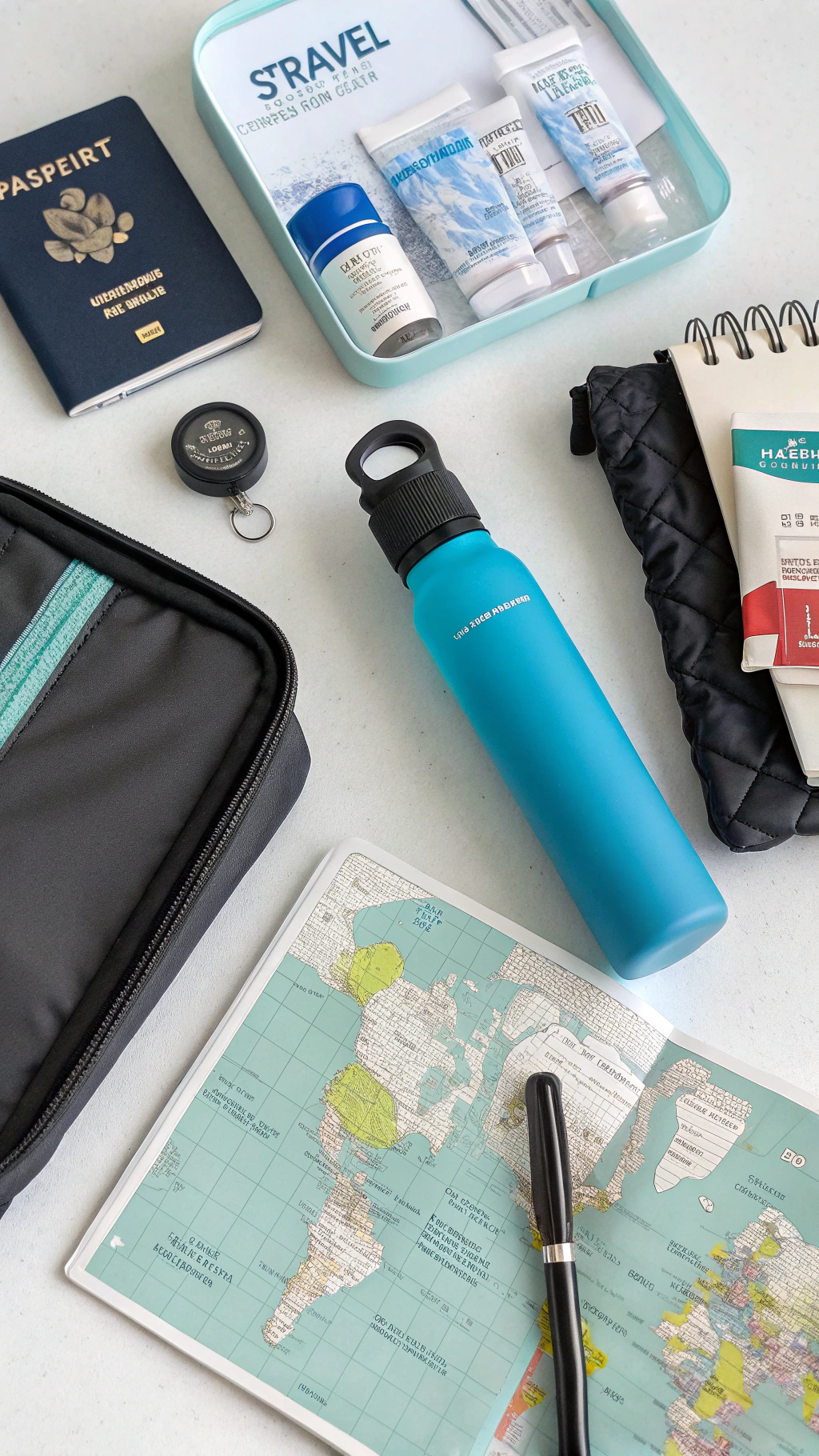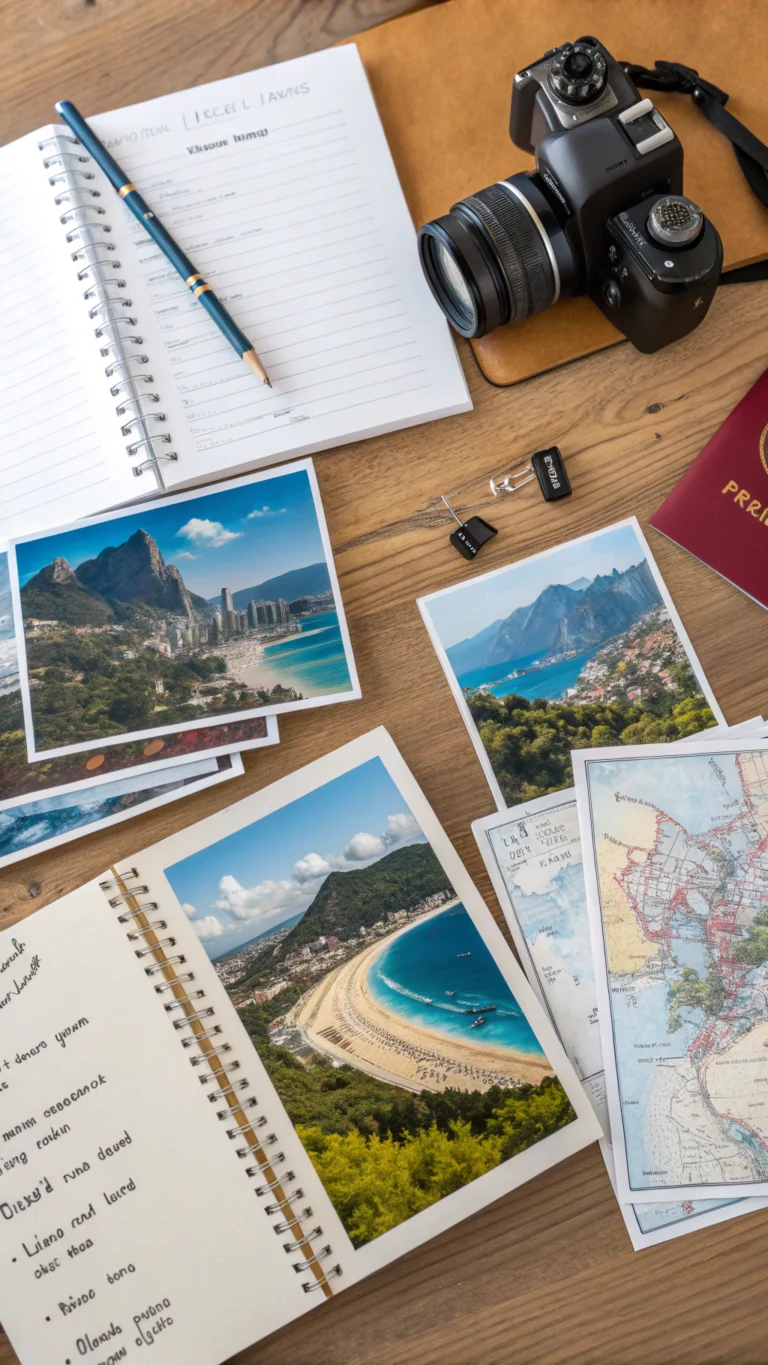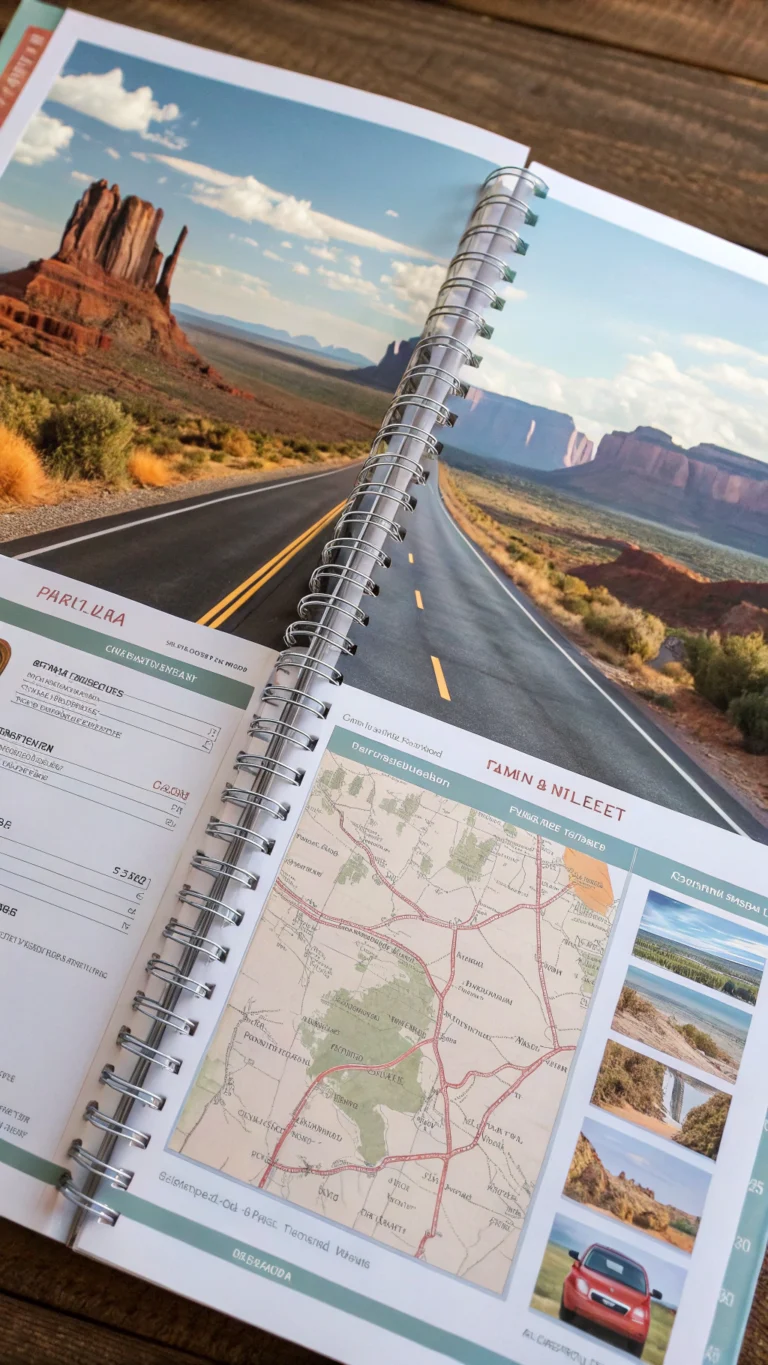Ultimate Guide to Budget-Friendly Student Travel Around the World
Table of Contents
Introduction
Have you ever pondered how some students balance their academic obligations and limited financial resources to explore the world? A recent survey found that while 75% of students think that traveling abroad improves their educational experience, just 23% actually do so because of perceived budgetary limitations. In actuality, student travel doesn’t have to break the wallet or get in the way of your academics. In fact, your college years may be the ideal time to travel on a tight budget if you prepare ahead and have insider information.
Destination Overview

There are a ton of inexpensive places in the world for students looking for excitement without breaking the bank. With nations like Vietnam and Thailand providing cultural immersion for less than $30 a day, Southeast Asia remains the most affordable region. With places like Hungary and Poland offering a rich history and a lively nightlife at student-friendly costs, Eastern Europe offers a more affordable option than its Western equivalents. Affordability and a variety of experiences, from historic sites to immaculate beaches, are combined in Latin American nations like Mexico and Colombia.
Although the ideal dates for student travel differ by location, shoulder seasons (April–May and September–October) typically provide the ideal mix of pleasant weather, reduced crowds, and cheaper costs. Students can save an average of 34% when they book overseas flights four to five months in advance as opposed to at the last minute, according to travel analytics.
Travel Itinerary
The 7-Day Southeast Asia Student Adventure
Day 1-2: Bangkok, Thailand
- Morning: Explore the Grand Palace and Wat Pho ($15 entrance fees)
- Afternoon: Navigate the chaotic energy of Chatuchak Weekend Market
- Evening: Experience the legendary Khao San Road nightlife
- Accommodation: Hostels from $8-15/night
Day 3-5: Siem Reap, Cambodia
- Day trip to Angkor Wat temple complex (student tickets $37 for 3-day pass)
- Local cooking class ($15-20)
- Explore Pub Street and night markets
- Transportation: Bus from Bangkok approximately $25 (9 hours)
Day 6-7: Ho Chi Minh City, Vietnam
- Visit War Remnants Museum and Cu Chi Tunnels
- Street food tour (self-guided, budget $5-10)
- Accommodation: Hostels from $6-12/night
- Transportation: Bus from Siem Reap approximately $18 (12 hours)
Pro tip: This route allows you to experience three countries while minimizing backtracking, saving approximately $70 compared to separate trips.
Must-See Attractions
When embarking on student travel tips, budget trips for students, college travel, prioritizing experiences over souvenirs maximizes your adventure quotient. Beyond the standard tourist attractions, consider these budget-friendly yet enriching experiences:
Free Walking Tours – Available in most major cities, these tip-based excursions provide cultural insights without upfront costs.
University Exchanges – Connect with local student organizations for authentic cultural immersion and potential free accommodation.
Nature-Based Attractions – National parks, hiking trails, and public beaches often require minimal entry fees while delivering maximum impact.
Local Festivals – Research regional celebrations that coincide with your travel dates for authentic cultural experiences that don’t require tickets.
Museum Free Days – Many world-class museums offer free entry on specific days or discounted student rates.
Where to Stay
Accommodation typically consumes the largest chunk of a student travel budget, but these options keep costs down while enhancing your experience:
Hostels: Beyond just cheap beds ($10-20/night globally), hostels offer social opportunities, free city tours, and communal kitchens. Look for properties with high ratings for cleanliness and security through Hostelworld or Booking.com.
University Accommodations: During summer breaks, many universities worldwide open their dorm rooms to travelers at rates 40-60% below hotel prices.
Couchsurfing: This free accommodation network connects travelers with locals offering spare couches or rooms, providing both lodging and cultural exchange.
Work Exchange Programs: Platforms like Worldpackers and WWOOF connect students with hosts offering accommodation in exchange for a few hours of daily work.
Food & Local Cuisine
Eating authentically not only enriches your cultural experience but also preserves your travel budget:
Street Food Markets: Often the most affordable and authentic dining option, with meals typically costing $2-5 in Asia, $5-8 in Europe, and $3-6 in Latin America.
University Cafeterias: In many countries, university dining halls are open to the public and offer subsidized meals at a fraction of restaurant prices.
Grocery Shopping: Purchasing breakfast items and snacks from local supermarkets can reduce daily food expenses by 30-40%.
For Dietary Restrictions: The HappyCow app identifies vegetarian/vegan options worldwide, while AllergyEats helps locate allergy-friendly establishments.
Travel Tips & Essentials
Transportation Hacks:
- Student railcards offer 25-30% discounts in Europe
- Night buses and trains save on accommodation costs
- Walking-friendly cities eliminate transportation expenses
Money Matters:
- Open a fee-free international bank account (Wise, Revolut)
- Always pay in local currency when using cards
- Inform your bank of travel dates to prevent card blocks
Tech Essentials:
- Download offline maps via Google Maps or Maps.me
- Use WhatsApp for free international communication
- Install a VPN for secure public Wi-Fi usage
Common Mistakes to Avoid
Overpacking: Every unnecessary pound carried costs energy and potentially baggage fees. Pack for one week regardless of trip length.
Ignoring Student Discounts: Your student ID can unlock savings on attractions, transportation, and accommodations worldwide. Always ask!
Not Researching Visa Requirements: Some countries require visas obtained weeks in advance, potentially derailing spontaneous border crossings.
Skipping Travel Insurance: A $100 policy can prevent financial catastrophe if medical emergencies arise.
Exchanging Money at Airports: Airport currency exchanges typically offer rates 5-15% worse than city center alternatives.
Budget Breakdown
A realistic daily budget for student travelers varies by region:
- Southeast Asia: $25-35/day
- Eastern Europe: $35-45/day
- Latin America: $30-40/day
- Western Europe: $50-70/day
This typically includes:
- Accommodation: 40% of budget
- Food: 25% of budget
- Transportation: 20% of budget
- Activities: 15% of budget
Students traveling for a month can expect to spend approximately $1,000 in Southeast Asia compared to $2,000 in Western Europe for comparable experiences.
Final Thoughts
The world becomes both classroom and playground during your student years, offering lessons no textbook can provide. The connections formed, challenges overcome, and perspectives gained through international travel create an invaluable supplement to your formal education. The memories of navigating midnight trains in Budapest or sharing sunrise conversations with travelers from across the globe will outlast any souvenir.
Start planning your Student Travel adventure today, and remember that the richest journeys often come with the smallest price tags!
FAQs
Q: Is it safe for students to travel alone internationally?
A: With proper research and precautions, solo student travel can be very safe. Stay in well-reviewed accommodations, keep emergency contacts handy, and maintain awareness of local customs and unsafe areas.
Q: How can I balance travel with academic responsibilities?
A: Utilize semester breaks, plan weekend trips from study abroad locations, and consider summer terms for longer adventures. Many universities also offer travel-based courses for academic credit.
Q: What’s the best way to handle money while traveling as a student?
A: Combination approaches work best: carry a small amount of local currency, use a no-foreign-transaction-fee credit card for larger purchases, and keep an emergency fund accessible through international ATM networks.
Q: Can I travel internationally without speaking the local language?
A: Absolutely! English is widely spoken in tourist areas worldwide. Learning basic phrases shows respect, but translation apps like Google Translate (with offline language packs) effectively bridge any communication gaps.
Q: How do I convince my parents that international travel is a worthwhile investment?
A: Frame travel as educational development rather than vacation. Highlight skill-building opportunities (independence, problem-solving, cross-cultural communication) and present a detailed budget demonstrating financial responsibility.







